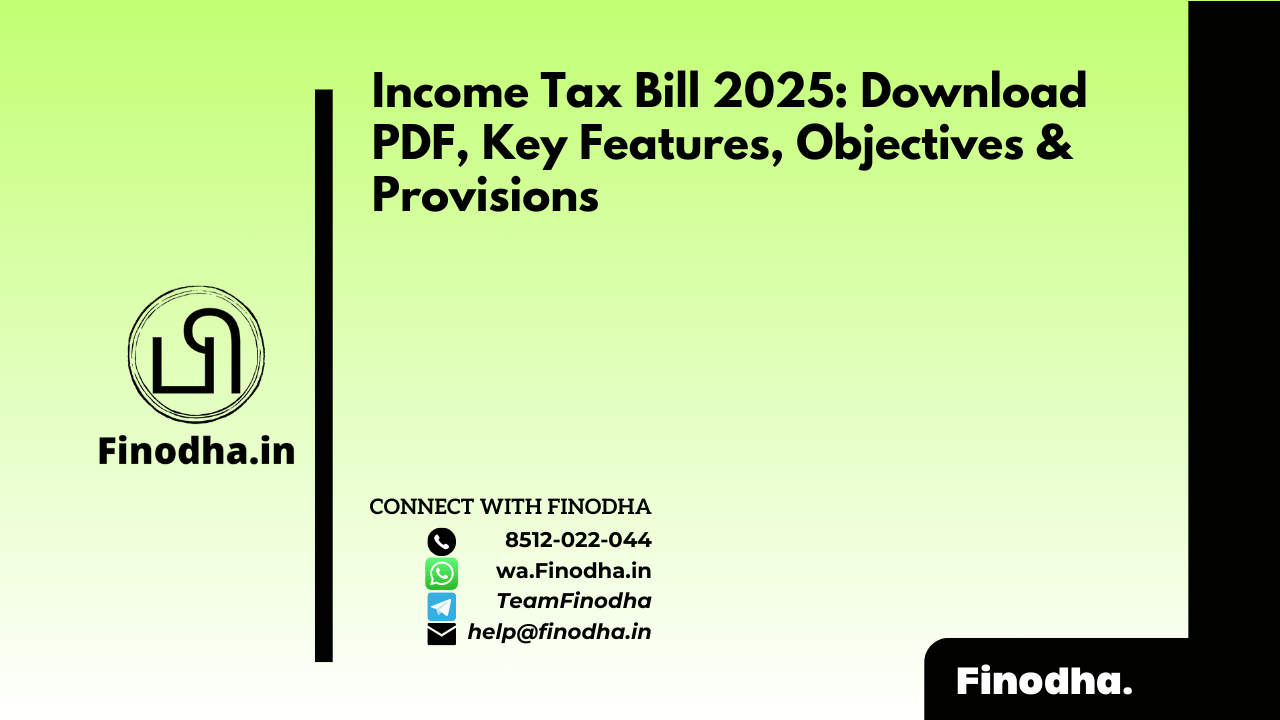Important Keyword: Debt-Service Coverage Ratio, DSCR, loan approval, cash flow management, financial stability, business loan, personal loan, Indian audience, net operating income, debt repayment.
Table of Contents
Introduction: What Is DSCR?
The Debt-Service Coverage Ratio, or DSCR, is a key financial metric used in many areas like personal finance, business, and government sectors. It helps to determine whether an individual, company, or project can meet its debt obligations. In simpler terms, DSCR shows if there’s enough income to cover all current debt payments, including the interest and principal.
Understanding DSCR is crucial if you’re applying for a loan or managing finances, as it reveals your ability to repay debt from your income sources.
What Is DSCR and How Is It Calculated?
The Debt-Service Coverage Ratio measures how much of your income is available to pay off your debts. Financial institutions, especially banks, use this ratio to check if an applicant is financially strong enough to repay loans. It helps them evaluate the risk of lending money.
Here’s the basic formula:
DSCR = Annual Net Operating Income / Annual Debt Payments
This formula works for both businesses and individuals. Net operating income refers to the total income after deducting all operating expenses, while debt payments include both interest and principal amounts.
There are two other ways to calculate Debt-Service Coverage Ratio for businesses:
- DSCR = EBITDA / (Interest + Principal)
EBITDA refers to Earnings Before Interest, Tax, Depreciation, and Amortization. - DSCR = (EBITDA – Capex) / (Interest + Principal)
Capex stands for Capital Expenditure, which is subtracted from EBITDA to get a clearer picture of available income for debt repayment.
Why Is DSCR Important for Loan Approval?
If you’re applying for a loan, banks and financial institutions will check your Debt-Service Coverage Ratio to assess your financial health. A higher DSCR means you have enough income to cover your debts, making you more likely to get the loan. On the other hand, a low DSCR shows that you may struggle to meet debt payments, and your loan application could be rejected.
Here’s how DSCR numbers are interpreted:
- DSCR greater than 1: You have more income than debt, which is favorable for loan approval.
- DSCR less than 1: Your income is not enough to cover your debt, making it riskier for lenders to give you a loan.
Highlights of DSCR
- DSCR = 0: Even in cases where the Debt-Service Coverage Ratio is zero, some banks might still approve the loan, depending on your credit history and the market situation.
- Comprehensive Ratio: DSCR is more detailed than other ratios like the Interest Coverage Ratio (ICR). While ICR only focuses on interest payments, DSCR covers the entire debt.
- Existing Debts Considered: Debt-Service Coverage Ratio accounts for all ongoing debts in addition to the new loan you’re applying for.
Advantages of Using DSCR
- Better Loan Approval Chances: A high Debt-Service Coverage Ratio gives you a better chance of securing loans, as it shows lenders that you’re financially stable.
- Clear Financial Picture: DSCR helps you understand your financial health by showing whether your income can comfortably cover debt payments.
- Good for Business Planning: For businesses, a strong Debt-Service Coverage Ratio indicates healthy cash flow, which is important for future growth and expansion.
Disadvantages of Low DSCR
- Difficult to Secure Loans: A low Debt-Service Coverage Ratio might make it harder for you to get a loan, as it signals financial risk.
- Limited Financial Flexibility: If your Debt-Service Coverage Ratio is low, it means your cash flow is tight, leaving little room for unexpected expenses or investments.
How to Improve Your DSCR
- Increase Revenue: Boosting your income will naturally improve your DSCR, making it easier to manage your debts.
- Reduce Debt: Paying off debts or refinancing to lower interest rates can help improve your DSCR.
- Cut Down on Expenses: Reducing unnecessary business or personal expenses can free up more income for debt repayment.
Example of DSCR in an Indian Context
Let’s consider an example of an Indian family who wants to apply for a home loan. Mr. Sharma, the head of the family, earns ₹10,00,000 annually, and his total debt payments, including existing loans, come to ₹7,00,000 a year. To calculate his DSCR:
DSCR = ₹10,00,000 / ₹7,00,000 = 1.43
This means that Mr. Sharma’s income is 1.43 times higher than his debt payments, which is a good indicator for banks. Since his DSCR is above 1, it shows that he can comfortably manage his debts, making him a strong candidate for loan approval.
If Mr. Sharma’s DSCR were below 1, it would mean his income isn’t sufficient to cover his debts, and the bank might be hesitant to give him the loan.
Summary: Key Takeaways on DSCR
- Debt-Service Coverage Ratio (DSCR) shows if there’s enough income to cover all current debts, helping banks assess loan applications.
- Higher DSCR (greater than 1) indicates better financial health and a higher chance of loan approval, while lower DSCR (less than 1) signals financial risk.
- DSCR vs ICR: DSCR is more comprehensive as it includes both interest and principal payments, unlike the Interest Coverage Ratio (ICR), which only focuses on interest.
- DSCR Calculation: Whether for businesses or individuals, DSCR is a critical metric to determine financial stability and loan eligibility.
Conclusion: Why DSCR Matters
Debt-Service Coverage Ratio (DSCR) is an essential tool for individuals and businesses alike. It helps to measure financial health by showing whether income is sufficient to cover debt obligations. For anyone applying for a loan, a good DSCR can significantly increase the chances of approval.
Download pdf: https://taxinformation.cbic.gov.in/




